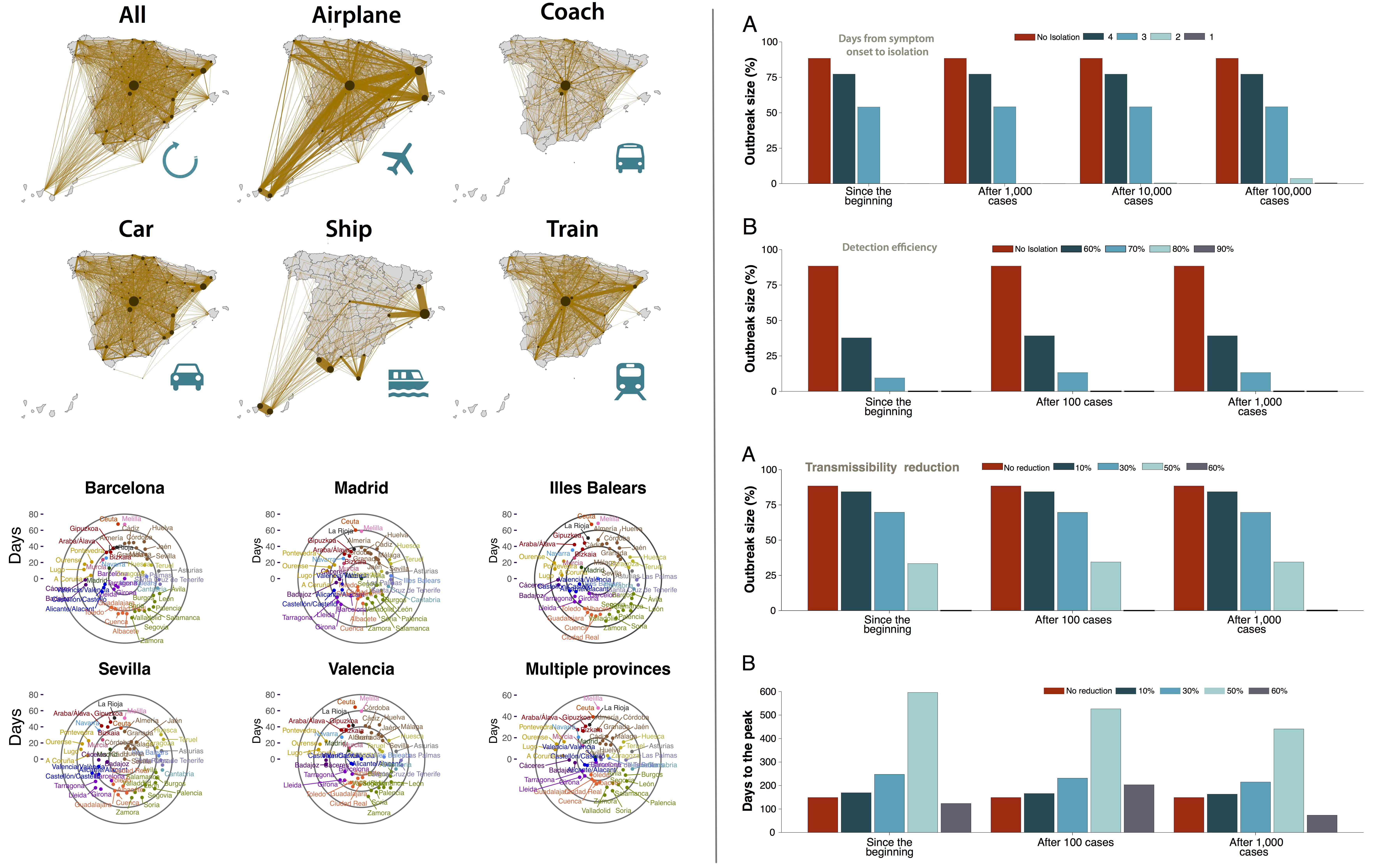
Summary:
While severe social-distancing measures have proven effective in slowing the coronavirus disease 2019 (COVID-19) pandemic, second-wave scenarios are likely to emerge as restrictions are lifted. Here we integrate anonymized, geolocalized mobility data with census and demographic data to build a detailed agent-based model of severe acute respiratory syndrome coronavirus 2 (SARS-CoV-2) transmission in the Boston metropolitan area. We find that a period of strict social distancing followed by a robust level of testing, contact-tracing, and household quarantine could keep the disease within the capacity of the healthcare system while enabling the reopening of economic activities. Our results show that a response system based on enhanced testing and contact tracing can have a major role in relaxing social-distancing interventions in the absence of herd immunity against SARS-CoV-2.

Alberto Aleta, David Martin-Corral, Ana Pastore y Piontti, Marco Ajelli, Maria Litvinova, Matteo Chinazzi, Natalie E. Dean, M. Elizabeth Halloran, Ira M. Longini Jr., Stefano Merler, Alex Pentland, Alessandro Vespignani, Esteban Moro, and Yamir Moreno, “Modeling the impact of testing, contact tracing and household quarantine on second waves of COVID-19”, Nature Human Behaviour 4, 964–971 (2020).




